Journal
Journal: Foil blocking experiments
Foil blocking experiments
I’ve been spending more time recently trying to learn some of the many hand made techniques used in the George Hardie book I’m working on. But I’m also increasingly interested as to how these can be expanded into my practice and the work I do with other designers and illustrators.
Shown are some images from experiments with the Patrick Thomas Chroma series of works. The press essentially works like a letterpress plate, and the magnesium foil blocks sit in letterpress chases. Usually foils are used in single colours in isolation. Here I was interested in seeing what happens if you layer foils building up an image. For a future project I’d develop this further.
The process takes time. Time for the machine to heat up, and then every impression involves manually applying the foil in the correct place before sliding the artwork boards into position. Once in position you apply pressure, slide out the tray and repeat the process. It’s surprisingly heavy and takes more effort than you would imagine.
What I like about these types of processes is that every impression is slightly different. The foils also behave differently depending on what colour they are, and indeed, how old they are. Some of the foils at the university where I work are from the 1980’s, so are brittle and give plenty of variation in quality. Like with most processes, the more you get into it the more you realise the subtle differences some of these things make. I have also learnt there are specialist foils that work at lower temperatures which can make the process a bit quicker.
https://www.unseensketchbooks.co.uk/publications/chroma-by-patrick-thomas/
Sat next to this machine is a modern version, which is faster and lighter, but I have resisted that so far!
For those interested in producing foils, I have been using this company and they do a good service.
https://www.metallicelephant.co.uk

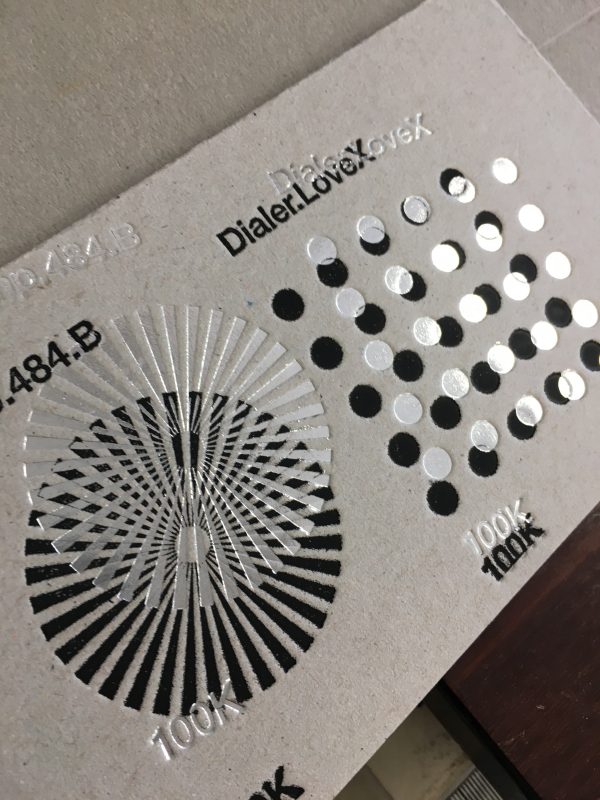
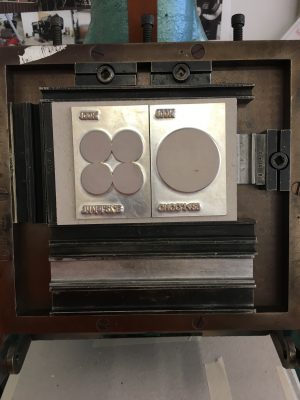
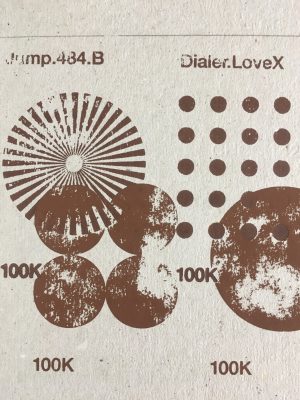
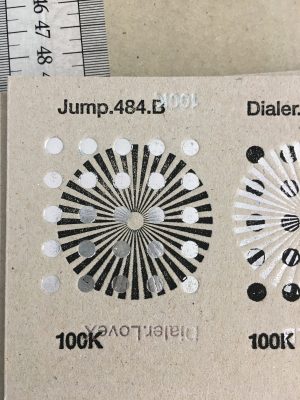
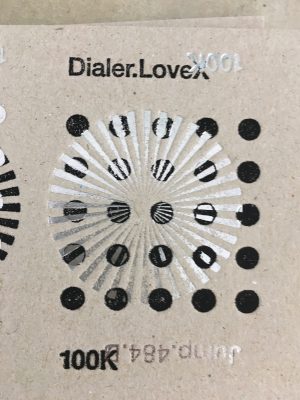
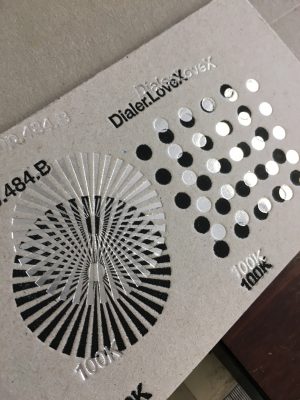
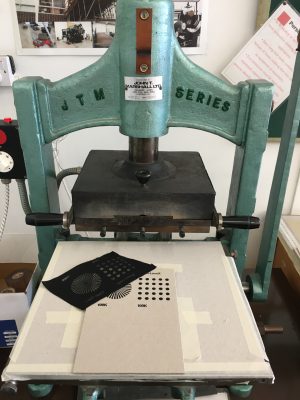
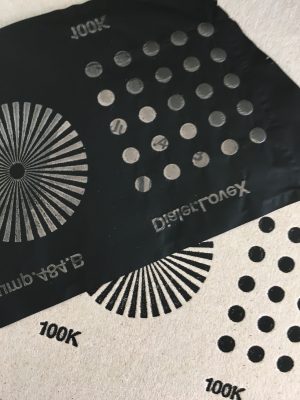
Do you like this artist?
If so, why not write a comment or share it to your social media. Thanks in advance if you can help in this way.